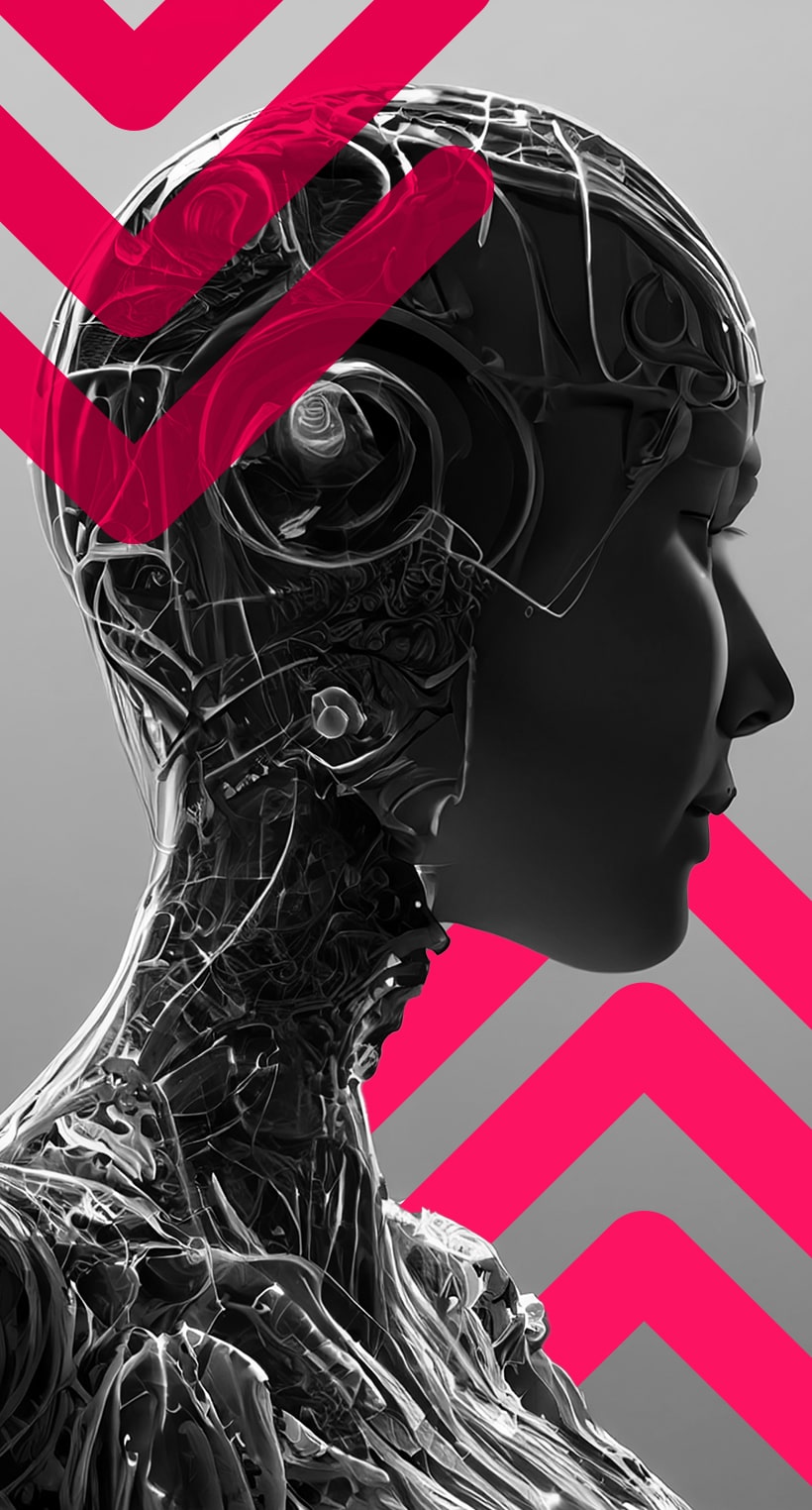Artificial Intelligence (AI) has rapidly transformed various industries, including education and Human Resources (HR). With the advent of AI-generated content, the way we create, distribute, and consume information has been changed forever. From automated essay grading to chatbots assisting in HR processes, AI has become an indispensable tool. However, along with its benefits, AI-generated content has brought about a new challenge – plagiarism. In this article, we’ll delve into the rise of AI in education and HR, explore the challenges posed by AI-generated content, and discuss how AI detectors are battling against the proliferation of plagiarised materials.
The Impact of Plagiarism in the Academic and Professional Worlds
AI plagiarism poses a significant threat to the integrity of the education system and the fairness of recruitment processes. In education, when students rely on AI-generated content, they miss out on the opportunity to develop critical thinking and analytical skills. Plagiarism not only hampers academic growth but also erodes the trust between students, teachers, and institutions. Similarly, in HR, when job applicants submit AI-generated resumes or cover letters, it skews the selection process and undermines the credibility of the hiring process. Employers may end up with candidates who lack the necessary skills and qualifications, leading to poor organisational performance.
Understanding the Role of Artificial Intelligence in Plagiarism Detection
Artificial intelligence is playing a pivotal role in plagiarism detection using advanced algorithms and machine learning techniques. AI detectors are designed to analyse large volumes of text and compare them against existing databases, academic journals, and online sources. By doing so, these detectors can identify any instances of copied content or unattributed sources. Unlike manual detection methods, AI detectors can process and analyse huge quantities of information within seconds, making them highly efficient. This technology eliminates the need for time-consuming manual checks, allowing educators and HR professionals to focus on other essential tasks.
How AI Detectors Work to Identify Plagiarised Content
AI detectors employ a range of techniques to identify plagiarised content. Firstly, they use text-matching algorithms to compare the submitted work against a vast database of existing texts. This database includes published works, online content, and previously submitted assignments. The detectors analyse the text for similarities in sentence structure, word choice, and overall content. Additionally, some AI detectors employ natural language processing (NLP) to understand the context of the text and identify paraphrased content. These detectors can detect subtle changes in wording and sentence structure, thereby uncovering instances of plagiarism that may have gone unnoticed in the past.
The Benefits of Using AI Detectors in Education and HR
The integration of AI detectors in education and HR systems offers numerous benefits:
- It ensures fairness and integrity in the evaluation process. AI detectors provide objective and consistent analysis, reducing the chances of biased judgments.
- AI detectors save valuable time and resources for educators and HR professionals. With the ability to process large volumes of text quickly, these detectors streamline the plagiarism detection process, allowing instructors and employers to focus on providing quality feedback and guidance.
- AI detectors act as a deterrent, discouraging potential plagiarists and promoting a culture of academic and professional honesty.
Overcoming Challenges in Implementing AI Detectors
While AI detectors offer significant advantages, their implementation does come with challenges. One challenge is ensuring the detectors are continuously updated with the latest sources and databases to maintain accuracy. Another hurdle is ensuring precise detection to prevent false positives, thereby averting unjust accusations of plagiarism against students and potential hires. Additionally, there may be concerns about privacy and data security when using AI detectors, particularly in educational settings. Addressing these concerns through proper data protection measures and transparent communication with students and employees is crucial. Overcoming these challenges requires collaboration between technology providers, institutions, and professionals.
Future Trends in AI-Powered Plagiarism Detection
As AI detection technology continues to evolve, several exciting trends are emerging. Firstly, AI detectors are becoming increasingly adept at identifying sophisticated forms of plagiarism, such as AI-generated paraphrasing. By analysing patterns and context, these detectors can differentiate between genuine original work and AI-generated content that attempts to mimic it. This advancement will play a crucial role in maintaining the credibility and integrity of educational and HR processes.
Secondly, AI detectors are expanding their capabilities beyond written content. With the rise of multimedia-based learning and communication, detecting plagiarism in images, audio, and video is becoming essential. AI-powered detectors can analyse visual and auditory data, comparing them with existing sources, to identify instances of plagiarism. This development will enable comprehensive content verification in diverse formats.
Conclusion
In conclusion, the rise of AI-generated content has brought about various benefits and challenges in education and HR. While AI detectors play a crucial role in battling the proliferation of plagiarised materials, it’s essential to strike a balance between AI and human creativity. By implementing AI detectors, educational institutions and companies can uphold the value of originality, promote integrity, and ensure fairness in evaluating academic and professional work. While challenges exist, such as maintaining accuracy and addressing privacy concerns, the future of AI-powered plagiarism detection looks promising. As technology advances, AI detectors will become even more effective in identifying instances of plagiarism, reinforcing the importance of honesty and authenticity in education and HR.
;)
;)
;)